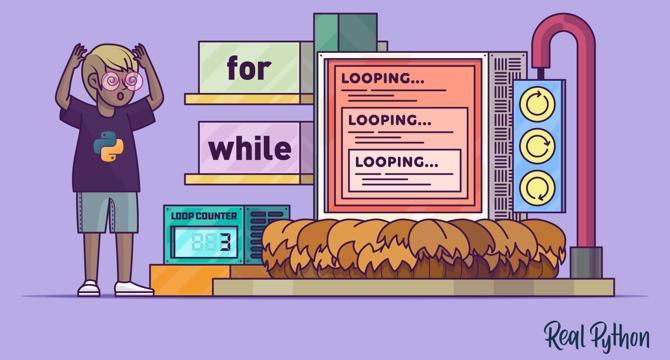RealPython
1M
9

Image Credit: RealPython
Nested Loops in Python
- Nested loops in Python involve placing one loop inside another, enabling iteration over multiple sequences or repeated actions.
- Use cases for nested loops include handling multidimensional data, generating patterns, and performing tasks with multiple layers of iteration.
- You can break out of nested loops using the break statement when a specific condition is met.
- Disadvantages of nested loops include potential performance bottlenecks, poor readability, and variable scoping issues.
- Nested loops are essential for working with complex data structures and optimizing code efficiency.
- Python offers for loops and while loops as primary loop types for iterating over sequences.
- Creating nested loops involves placing one loop inside another to handle multidimensional data efficiently.
- An example of nested loop syntax in Python is using an outer loop iterating over an iterable, with an inner loop inside.
- Nested loops can be compared to clock hands moving at different speeds but working together to complete different cycles.
- Practical examples of nested loops include printing patterns, generating visual displays, and handling complex iterations.
Read Full Article
Like
For uninterrupted reading, download the app